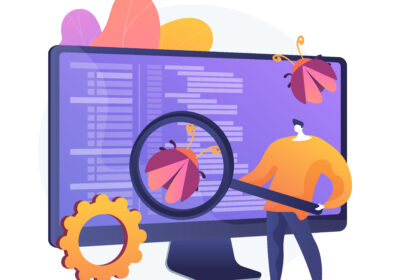Pair testing, often referred to as Buddy testing, is a software testing technique where two people from the project team test the same feature in parallel under the same conditions while exchanging ideas. Contrary to how it appears, pair testing does speed up test assignments while delivering more quality results.
This guide serves to introduce beginners in software testing to the concept, and where and when they can adopt the technique to maximize its benefits.
Pair testing buddies
Pair testing is generally done by a developer and a tester. However this isn’t the only way to do pair testing. A technical writer and a tester can be paired up to document how the software would be in the next release. A tester and the client can be paired up to recreate an error scenario that the client identified, and fix it. A solution architect and a tester can also be buddies in pair testing, which could lead to exploratory testing with respect to what if scenarios. A tester and a developer can team up to investigate odd bugs.
So basically, pair testing can be done with almost anybody in the project team, especially if it’s a Scrum project.
Where you can apply pair testing
In a Scrum project, pair testing can be done throughout the software development cycle – in one sprint or many. It can be a good learning experience for junior testers. If the business analyst needs to see how a particular feature works and identify possibilities for further enhancements, he can do pair testing.
A tester or developer who wants to investigate an odd bug or look into some issue with the application that’s becoming a problem for the client, can speed things up with pair testing. In addition, almost every task directly associated to testing done by a pair from the project team may fall under pair testing even if it’s noticed to be so.
Basics of doing pair testing
Pair testing can either happen spontaneously or it can be executed with a predefined approach. For the latter, testers should begin by defining the preparation for the tests they will be doing and then plan the execution. Both parties should agree upon a time period and actively make an effort to finish testing as planned.
Spontaneous pair testing can happen in many scenarios, a common example of which would be when a tester gets stuck while looking into a problem and seeks aid from a colleague. While the partnership works with different test data, shares ideas, and explores new aspects to test, they’d also find the cause of the problem that had been bugging the tester at the beginning. This can be considered as unplanned pair testing.
Another situation is when the tester explains how a feature would work to a colleague. The colleague might have questions that didn’t occur to the tester. This is also unplanned pair testing.
Conclusion
The bottomline is that pair testing is a beneficial practice for any software development company, provided they have replaced traditional development methodologies with Agile. Making an execution plan, setting up the test environment, and ensuring that your testing buddy bought into the concept of what it is that you are testing – this is how you do pair testing. Give it a go once and see how it can speed up application testing.




